My analysis of Heathkit RLC Bridge continues (previous question here). This time I've been trying to analyze the feedback amplifier section shown below and taken from the original document IB-5281 (apologies for the poor image quality):
Originally, I considered this a current shunt feedback amplifier and went about re-drawing the circuit after applying a couple of rules: 1) opening the output loop and 2) shorting the input voltage.
Then I saw C17 and it seems like it shorts out the feedback loop at AC.
Is this true?
If so, why would the amplifier apply negative feedback to DC only? Wouldn't the lack of negative feedback (at AC) make the AC signal prone to all the usual distortions that NF is supposed to solve?
How do the usual rules around calculating the gain for current sampling current shunt feedback change when the AC signal model doesn't apply?
